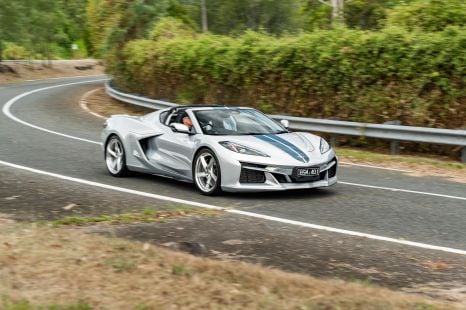

CarExpert.com.au
The CarExpert team's favourite cars of 2025
2 Hours Ago
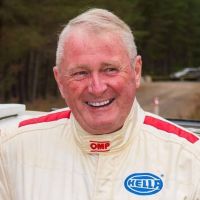
Senior Journalist
A bullet-riddled Volkswagen Beetle isn’t a car you would find in many museums.
But Porsche isn’t just another carmaker and its commitment to the company history is deeply impressive.
It has a modern, dramatic museum as part of its headquarters campus in the German city of Stuttgart, but there is more – much more – to the story.
Hidden away in a nondescript back street, with zero indication of anything beyond another boring industrial warehouse, is the real treasure trove of special and historic Porsches.
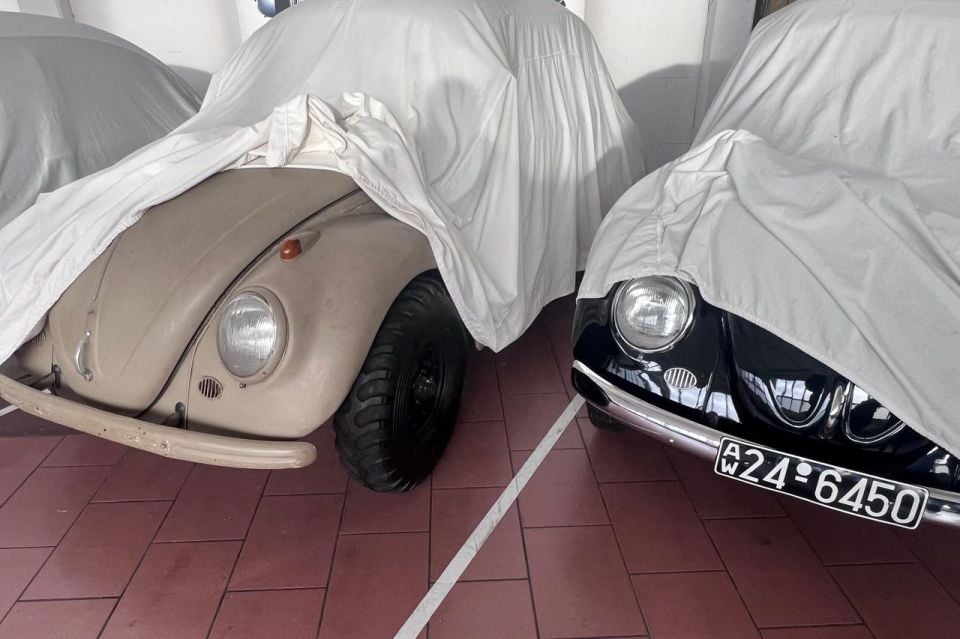
In total, there are around 780 vehicles in the Heritage fleet in Germany, from Le Mans winners to the battle-scarred World War II-era Beetle.
They track the good times and bad, successes and failures, heroes and villains, across the history of the Porsche family and the car company that carries the name of company founder Ferdinand Porsche.
It takes CarExpert more than 15 minutes and two telephone calls to find the correct gate, totally unmarked in any way, for access to this treasure trove. And that’s after an extensive briefing…
“No pictures. Nothing at all outside, because we don’t want anyone to know the location,” said our guide for a deep dive into Porsche history, Alexander Klein, Head of Porsche Heritage Experience and Collection, at the start of his rapid-fire welcome.
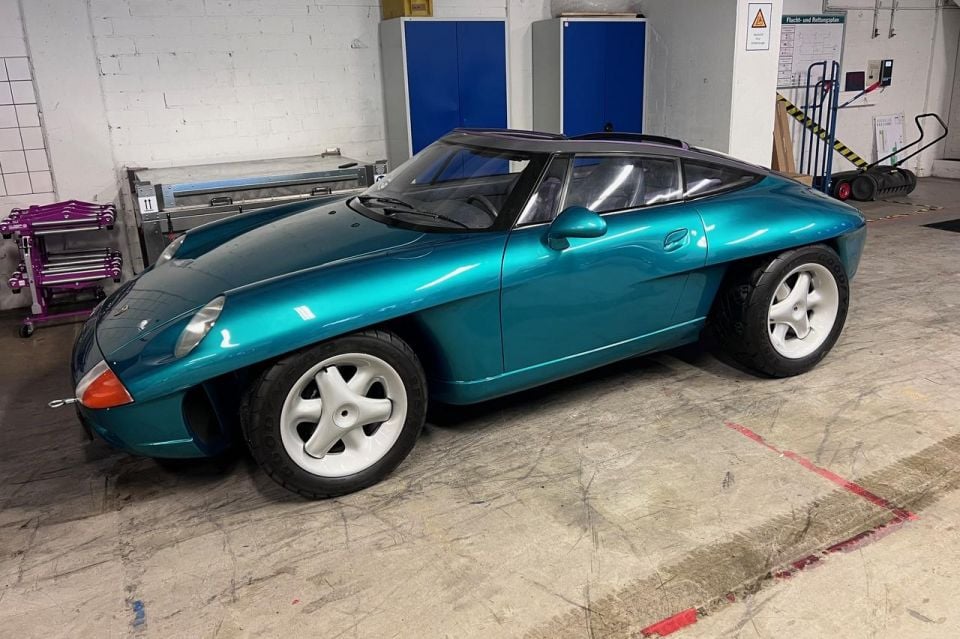
Once we’re inside the building, simply called ‘The Depot’ by Porsche people, his mood changes from thunderclouds to bright sunshine and so does the attitude to pictures.
“Take as many as you like. Enjoy. Ask me and I’ll lift the covers,” Mr Klein said.
The parallel front lines of parked cars driving into the collection are filled with winning racing cars, most from Le Mans since the 1970s. But there is also the one-and-only Panamericana concept car, open-topped with wild off-road-style wheel arches, which would not look out of place in the current Porsche line-up.
There’s nothing shiny or exotic about the interior of the building, just lots and lots of cars and a selection of relevant historical Porsche posters. Most of the cars are angle-parked in lines alongside their contemporaries, but there are also multi-storey racks with all sorts of treasures.
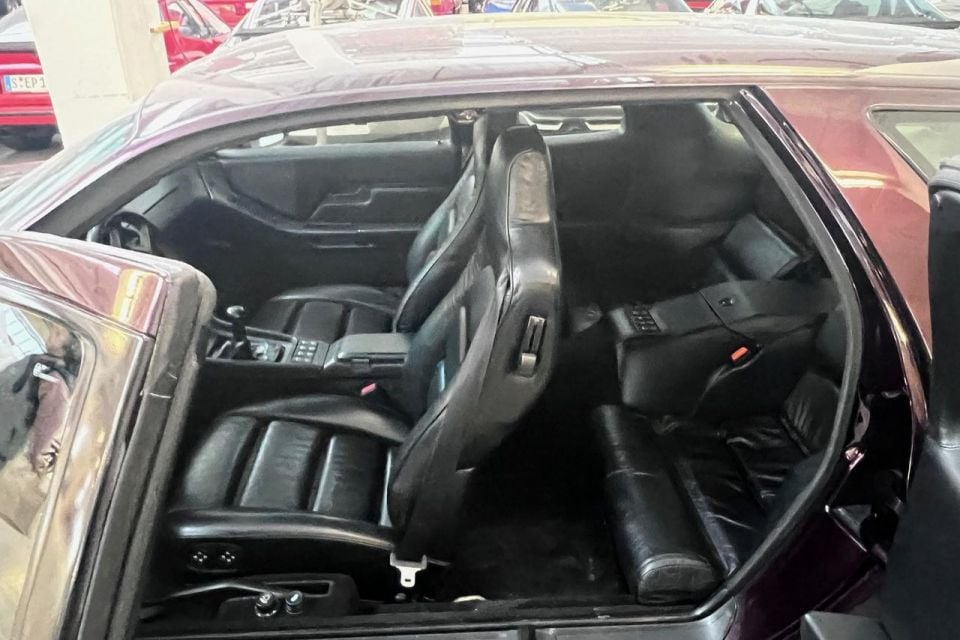
Just around the first corner from the kick-off is a truly historic Porsche one-off. It’s back at The Depot to prevent damage during renovations at the main museum.
What is it? It’s the one-and-only four-door Porsche 928, fitted with clamshell doors for easier access, and way ahead of any thoughts about the family-focussed Cayenne or even the Panamera.
Not far away is another 928, this one with what looks like a household water heater on the rear hatch.
“It’s for experimenting on cutting noise,” said Mr Klein, explaining why it also has rough-and-ready covers over the bonnet’s intake system and special tyres.
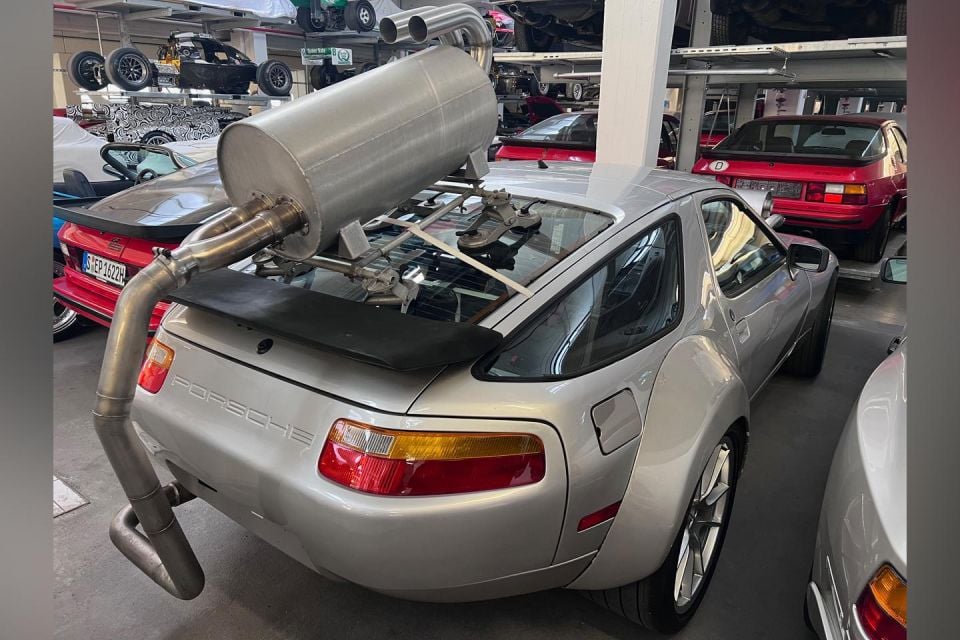
There’s another, even more outrageous, experimental car across the way. It’s what looks like a stock-standard 924 in Porsche’s signature Guards Red paintwork. But Klein explains it has a six-cylinder 911 engine under the rear hatch and it’s fitted with all-wheel drive.
“They tried making it front-wheel drive…” he smiled.
Mr Klein has a Porsche encyclopaedia filed between his ears, covering every single car in the collection.
He knows if a car is #1 of 16, or #1 of #1, and the whole history of when and how it was built.
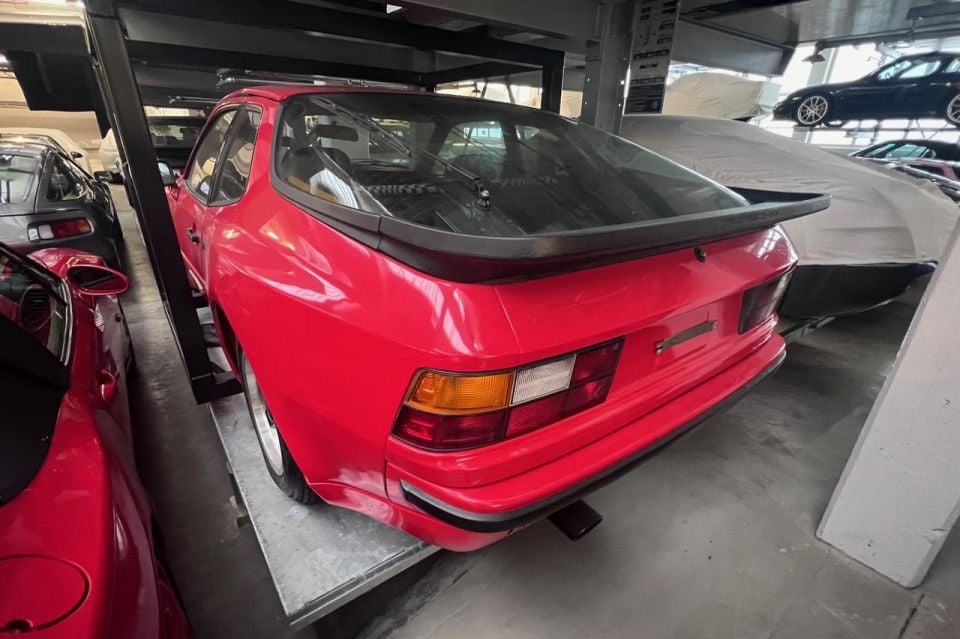
He reported the construction of the first Porsche hybrid, way back in 1889. It was well ahead of the technology of the time, and relied on a combustion engine to keep it moving with electric drive.
We now call that system a ‘range-extender’ hybrid and it’s transforming Nissan’s family of SUVs.
“It even had regenerative braking,” our guide said.
It was also in 1889 that Dr Porsche developed his first electric car, the Egger-Lohner C.2 Phaeton, which could rouse 3.7kW of power for a top speed of 35km/h and a range of 80 kilometres.
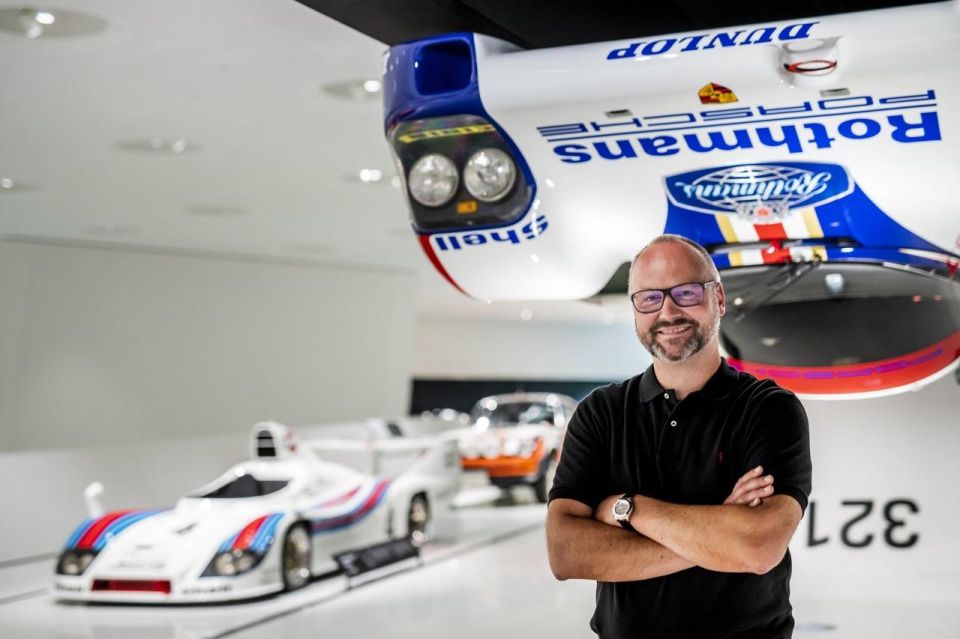
Mr Klein is rushing to get through the cars we can see, while promising more time and more cars on the next visit, but is in no doubt about the role of the museum and his special treasure trove.
“Why do we have so many cars? It’s basically to build bridges, to understand where we come from,” he begins.
“Heritage is a mindset, an attitude. It’s not marketing.
“We make ourselves ready for the future.”
Where expert car reviews meet expert car buying – CarExpert gives you trusted advice, personalised service and real savings on your next new car.
Paul Gover is one of the most experienced and respected motoring journalists in Australia. After more than 40 years on the automotive beat there is nothing he has not done, yet he still brings the enthusiasm of a rookie. He has worked in print, digital, radio, television and for every major publisher in the country. He is also a national motor racing champion and once co-drove with Peter Brock at Bathurst.


CarExpert.com.au
2 Hours Ago
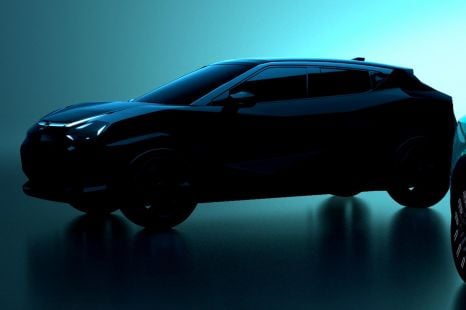

Damion Smy
16 Hours Ago
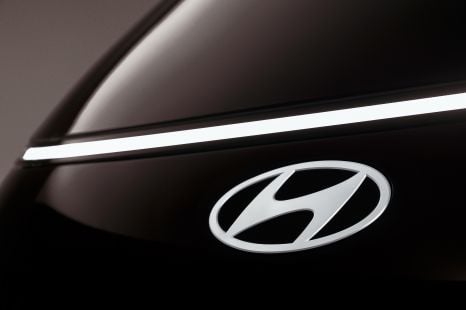

Damion Smy
19 Hours Ago
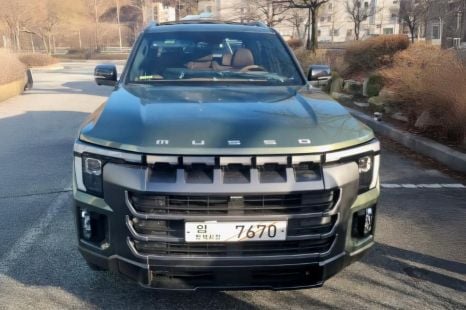

Damion Smy
23 Hours Ago


Damion Smy
1 Day Ago
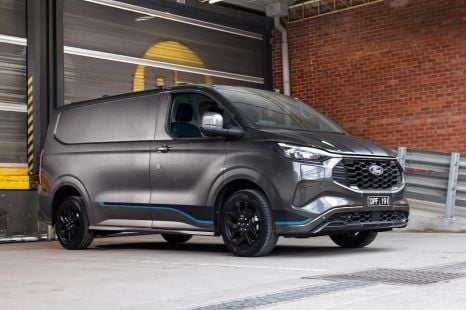

Damion Smy
1 Day Ago